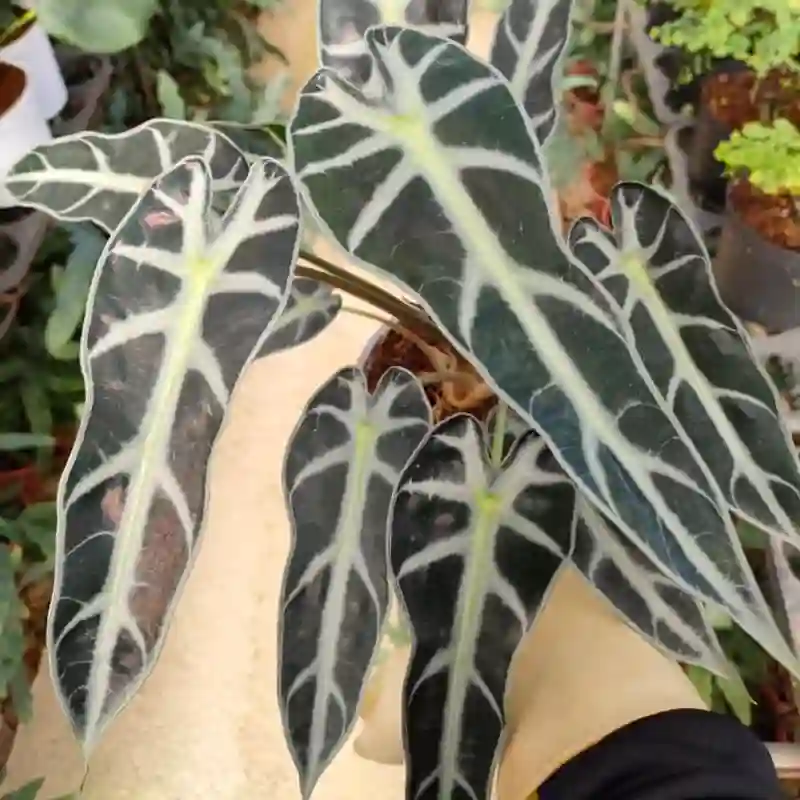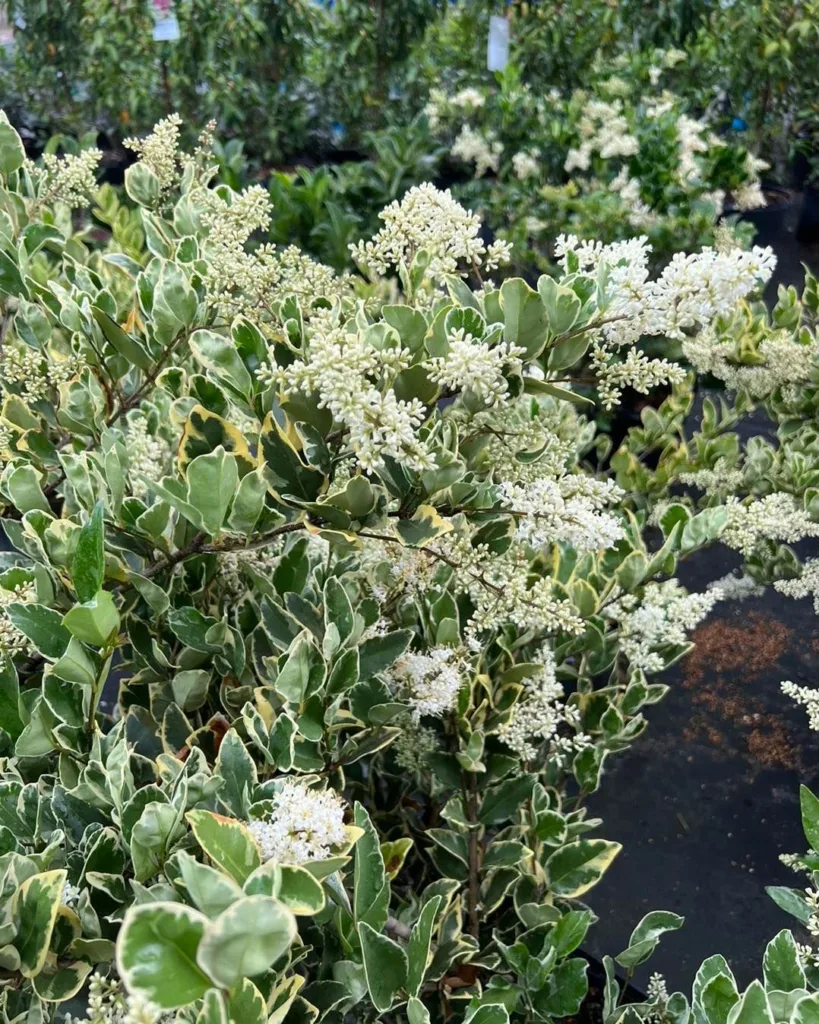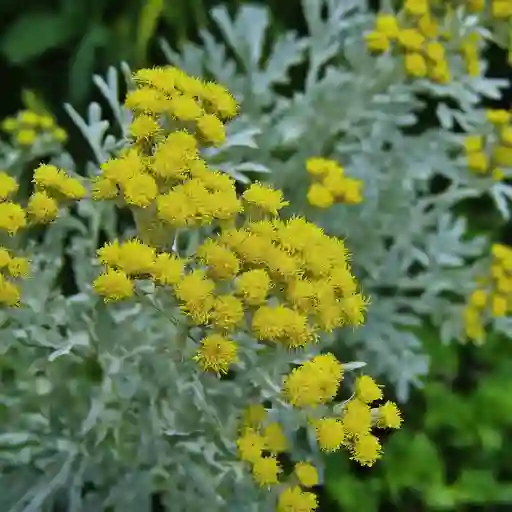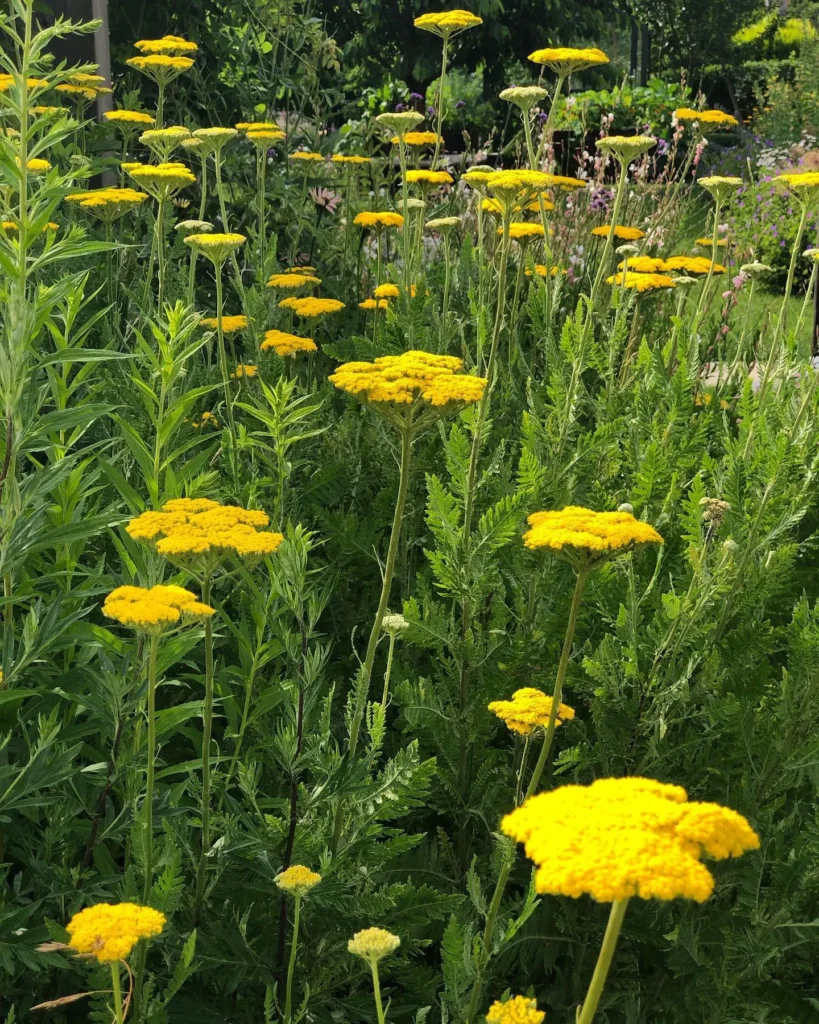All About Cystopteris Fragilis: The Delicate Fern with a Bite
Hi, Ferb Vu here. I’m a plant enthusiast with a particular fondness for ferns. Today, we’re diving deep into the world of Cystopteris fragilis, also known as the Brittle Bladder Fern or Fragile Fern. This delicate beauty packs a surprising punch, so buckle up for a fern-tastic adventure!
What is Cystopteris Fragilis?
Cystopteris fragilis is a perennial fern, meaning it comes back year after year. True to its name, it’s quite fragile. One wrong touch, and those feathery fronds can snap. But don’t let its delicate nature fool you – this fern is a survivor, thriving in shady, moist environments worldwide.
Habitat: Think damp crevices, shaded rock faces, and cool forest floors. These are the happy places for Cystopteris fragilis.
Size: It’s a compact fern, typically reaching heights of 4 to 12 inches.
Appearance: Imagine a triangular frond, divided into numerous narrow leaflets. The underside of these leaflets boasts tiny, round sori – the fern’s reproductive structures.
Interesting Fact: Young Cystopteris fragilis can emit a faint scent of bitter almond, thanks to spores containing a trace amount of hydrogen cyanide (don’t worry, the amount is negligible).
How to care for Cystopteris Fragilis?
Thinking of bringing this little charmer into your home? Here’s what you need to know:
Light: Cystopteris fragilis prefers indirect sunlight or dappled shade. Harsh, direct sun will scorch its delicate fronds.
Water: Keep the soil consistently moist, but not soggy. Aim for even moisture throughout the year.
Soil: Opt for a well-draining, humus-rich potting mix. Ferns appreciate good drainage to prevent root rot.
Fertilizer: A light feeding with a balanced fertilizer once a month during the growing season (spring and summer) is sufficient.
Temperature: Cystopteris fragilis thrives in cool to moderate temperatures, ideally between 55°F and 75°F (13°C and 24°C). Avoid extremes of heat or cold.
Humidity: This fern enjoys moderate to high humidity. Grouping it with other humidity-loving plants or using a pebble tray filled with water can help create a more humid environment.
Propagation: Dividing established clumps in spring is the most common method.
Pests and Diseases: Thankfully, Cystopteris fragilis isn’t particularly prone to pests or diseases. However, keep an eye out for mealybugs and scale, which can be treated with insecticidal soap.
Is Cystopteris Fragilis toxic to pets?
While the spores contain a trace of hydrogen cyanide, the amount is minimal and unlikely to harm pets in a typical home setting. However, it’s always best to keep plants out of reach of curious animals.
Can Cystopteris Fragilis grow outdoors?
Yes, it can! As long as your climate provides cool, shady areas with consistent moisture, Cystopteris fragilis can thrive outdoors.
What are some good companion plants for Cystopteris Fragilis?
Other ferns, mosses, spider plants, and begonias are all excellent choices. They share similar light and humidity requirements, creating a harmonious mini-ecosystem.
How often should I repot Cystopteris Fragilis?
Repot only when the fern becomes rootbound, typically every 2-3 years. Choose a pot just slightly larger than the current one.
Can I grow Cystopteris Fragilis from spores?
Yes, but it’s a more challenging process compared to division. Spores require specific conditions and sterile environments for successful germination.
Cystopteris Fragilis vs Woodsia Scopulina
I’ve found Cystopteris Fragilis to be delicate and graceful in my garden, while Woodsia Scopulina stands out with its rugged resilience and unique texture.
Cystopteris fragilis vs. Maidenhair Fern
- Fragility: Cystopteris fragilis is more delicate.
- Leaflets: Cystopteris fragilis has narrow, triangular leaflets, while Maidenhair Fern boasts fan-shaped, wedge-shaped leaflets.
- Sori: Cystopteris fragilis has round sori, while Maidenhair Fern has oblong sori.
Cystopteris fragilis vs. Beech Fern (Phegopteris connectilis):
- Leaf shape: Cystopteris fragilis has triangular fronds, while Beech Fern has lobed or rounded fronds.
- Sori: Cystopteris fragilis has round sori on the underside of leaflets, while Beech Fern has sori covered by a pouch-like indusium.
Additional Considerations:
- Habitat: Cystopteris fragilis prefers cool, shady areas. Maidenhair Fern can tolerate slightly more light. Beech Fern thrives in moist woodlands.
- Growth rate: Cystopteris fragilis is a slower grower compared to Maidenhair Fern and Beech Fern.
Remember, these are just general comparisons. There’s a fascinating diversity in the fern world, and some species can be trickier to differentiate. Consulting a fern identification guide or seeking help from a knowledgeable botanist can be helpful.
Beyond the Basics: Fun Facts and Folklore
Cystopteris fragilis isn’t just a pretty face (well, frond). Here are some interesting tidbits to add to your fern knowledge:
- Historical Significance: This fern has been used medicinally for centuries, with some cultures believing it possessed healing properties for coughs and wounds.
- Folk Names: In Wales, Cystopteris fragilis is known as “Glas y Deryn” (meaning “blue of the bird”), possibly due to its delicate, almost translucent appearance.
- Symbolism: In Victorian flower language, ferns in general symbolized sincerity and hidden affections. Perhaps Cystopteris fragilis, with its subtle beauty, could represent a shy, yet enduring love.
With its delicate nature and surprising resilience, Cystopteris fragilis is a true charmer in the fern world. So, if you’re looking for a low-maintenance, elegant addition to your indoor jungle (or a shady corner of your garden), this little fern might just be the perfect fit. Happy planting!
If i die, water my plants!



